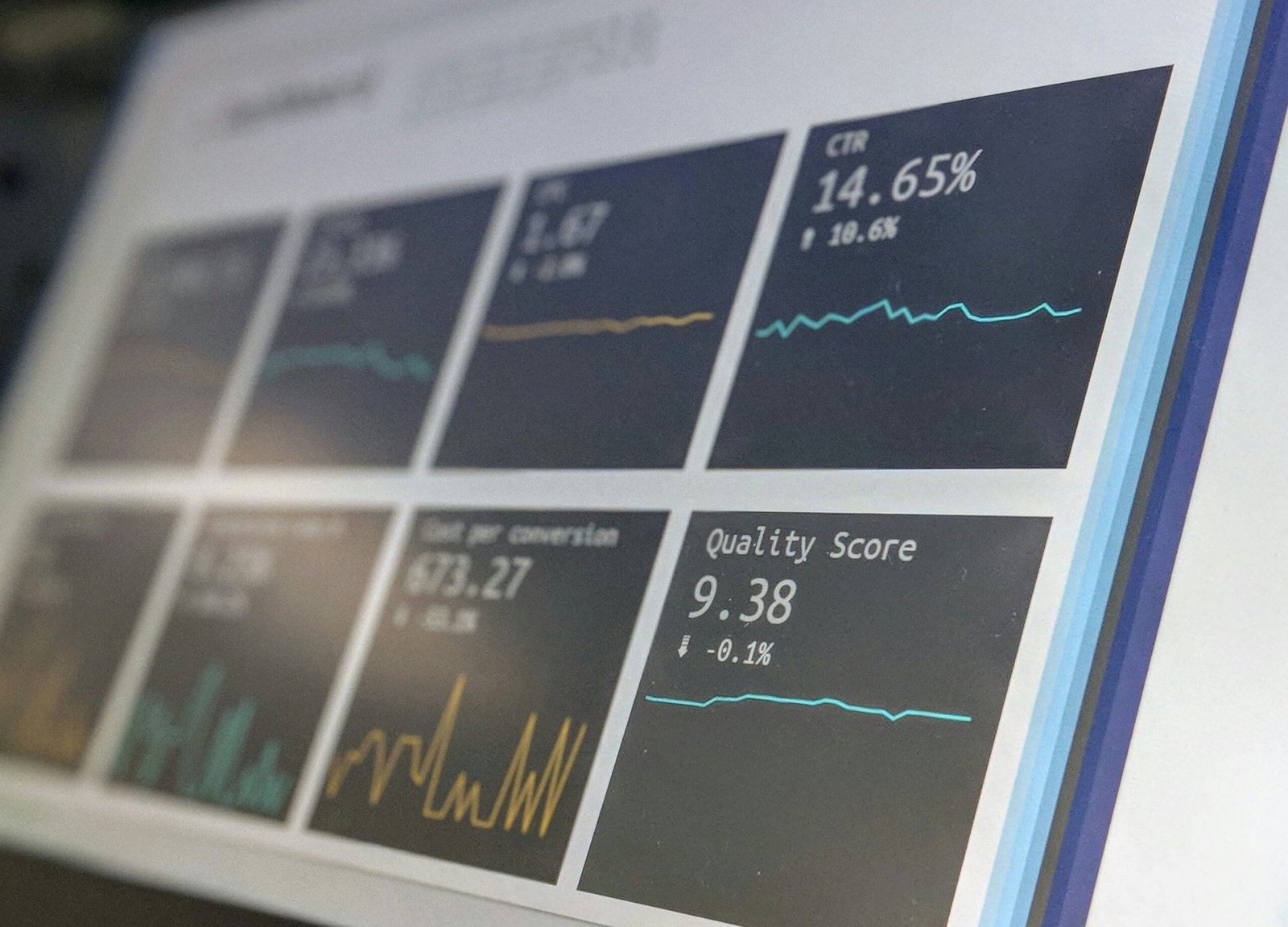Smartwatches have emerged as pivotal devices for personal health and fitness tracking, capturing a wide array of data through powerful sensors and sophisticated algorithms. These wearable technologies utilize an assortment of metrics such as heart rate, step count, sleep patterns, and even blood oxygen levels. At the core of their functionality are sensors, including accelerometers, gyroscopes, and photoplethysmography (PPG) sensors. These instruments measure various physiological parameters, allowing users to gain insights into their health and fitness regimes.
The data collection process begins with the activation of these sensors, which gather information as users engage in daily activities. For instance, the accelerometer tracks movement and translates it into step counts, while the heart rate monitor records cardiac activity through light-based measurement techniques. The integration of such technologies enables smartwatches to compile an extensive profile of the individual’s daily health metrics.
Moreover, smartwatch manufacturers employ complex algorithms to interpret the raw data collected from the sensors. These algorithms are designed to analyze patterns and trends within the data, providing users with meaningful insights. For example, sleep tracking algorithms assess the quality and duration of sleep by monitoring the wearer’s movement throughout the night, thus allowing for an evaluation of sleep patterns.
The market offers a diverse range of smartwatch models, each equipped with varying capabilities and features that affect data collection. High-end models may include advanced sensors that enhance the accuracy of readings, while more budget-friendly versions could have limited functionalities. Consequently, understanding the specifications of each model is crucial, as they can significantly influence the reliability of the data collected. Overall, a comprehensive grasp of how smartwatches collect data lays the groundwork for evaluating the trustworthiness and accuracy of this information.
Pros of Using Smartwatches for Data Tracking
The advent of smartwatches has significantly transformed the landscape of health and fitness monitoring, offering a range of distinct advantages that contribute to their growing popularity. One of the foremost benefits of utilizing smartwatches for data tracking is the convenience they provide. By incorporating various sensors designed to monitor vital statistics, users can effortlessly keep track of their health metrics such as heart rate, steps, and sleep patterns, all from their wrist. This accessibility allows for a seamless integration of health monitoring into daily life without the need for additional gadgets.
Additionally, smartwatches facilitate continuous monitoring capabilities, offering real-time insights into personal health data. Unlike traditional methods of tracking health metrics, which often require sporadic measurement, smartwatches can consistently gather data, thus providing a more comprehensive overview of the user’s health over time. This continuous data stream is invaluable for identifying trends and variances in one’s health, enabling timely interventions when necessary.
The real-time feedback offered by smartwatches emerges as another significant advantage, empowering individuals to make informed decisions about their lifestyle choices. For instance, upon receiving alerts about elevated heart rates or insufficient physical activity, users can promptly adjust their behaviors to align with their fitness goals. Furthermore, the integration of smartwatch data with various health applications and services radically enhances personalized health management. By synching data with fitness apps or nutrition platforms, individuals can benefit from tailored insights and recommendations that address their specific needs, ultimately fostering a healthier lifestyle.
In conclusion, the pros of using smartwatches for data tracking are multifaceted, improving convenience, enabling continuous monitoring, and fostering a personalized approach to health management, which collectively contribute to the promotion of overall wellness.
Cons and Limitations of Smartwatch Data Accuracy
Despite their growing popularity and sophisticated technology, smartwatches have some notable drawbacks regarding data accuracy. One key area of concern is heart rate measurement. Many devices utilize optical sensors that employ photoplethysmography to track changes in blood flow. Although this method can be effective, various factors such as skin tone, external temperature, and wrist movement may lead to inaccuracies. For instance, studies have shown that these sensors can display untrustworthy readings during physical activities, where motion interferes with accurate measurement, leading to potential misinterpretations of a user’s fitness level.
Another limitation is step counting. While smartwatches are designed to count daily steps, discrepancies can occur due to individual differences in walking patterns. Users with unique gaits or those who engage in activities that do not involve walking, such as cycling, may have underreported step counts. These inaccuracies could misguide individuals seeking to meet fitness goals, especially when the smartwatch is heavily relied upon as a sole measure of physical activity.
Furthermore, sleep tracking features, although marketed widely, often struggle with precision. Smartwatches typically monitor sleep patterns based on movement and heart rate variability. However, the methodology may not account for all factors influencing sleep quality, leading to an overestimation or underestimation of sleep stages. As a result, users might be misinformed about their sleep patterns, leading to inadequate perceptions of their overall health.
Additionally, user error plays a significant role in the accuracy of smartwatch data. Factors such as improper wear, incorrect calibration, or failure to update software can adversely impact the reliability of collected data. Privacy concerns also persist since users must often share personal data for the devices to function effectively, raising ethical questions about how this information is collected and utilized. Addressing these limitations is essential for users wishing to leverage the full potential of their smartwatch technology.
Evaluating Data Reliability: Best Practices and Recommendations
As consumers increasingly rely on smartwatch data for health and fitness insights, critically evaluating the reliability of this information is imperative. First and foremost, individuals should consider the accuracy of the sensors embedded within the device. Look for smartwatches that utilize advanced biometric sensors, as these can provide more precise readings of heart rate, blood oxygen levels, and other key metrics. It is advisable to choose models that have undergone independent testing or received certifications, which can serve as an indicator of reliability.
Verification of smartwatch data is equally essential. Utilizing secondary resources to cross-reference data can enhance the credibility of the information received. For instance, it can be beneficial to compare the smartwatch readings against results from clinically validated devices or consult with healthcare professionals for interpretation of health metrics. Additionally, many smartwatches offer integration with health apps that can aggregate data, providing a broader context to understand your health trends better. This holistic approach may be crucial for validating data points that appear inconsistent or questionable.
Understanding the limitations of smartwatch data is another critical aspect. Smartwatches, while equipped with advanced technology, do have inherent constraints, such as variations arising from individual physiological factors or environmental influences. Awareness of these limitations allows users to make informed decisions rather than relying solely on smartphone data. It is also important to keep abreast of evolving technologies, as enhancements in algorithms and sensors promise continual improvements in data reliability. By integrating best practices of evaluation and acknowledging limitations, users can maximize the benefits of their smartwatches while remaining vigilant about data accuracy.


